poster | mural | visual communication
No data, no ocean
The UN is promoting the compilation of a global database in order to know our achievements towards a more sustainable sea. “Life Below Water” is the 14th goal of Sustainable development for 2025-2030. Its 10 indicators focuses on the conservation and sustainability of the oceans, seas and marine resources.

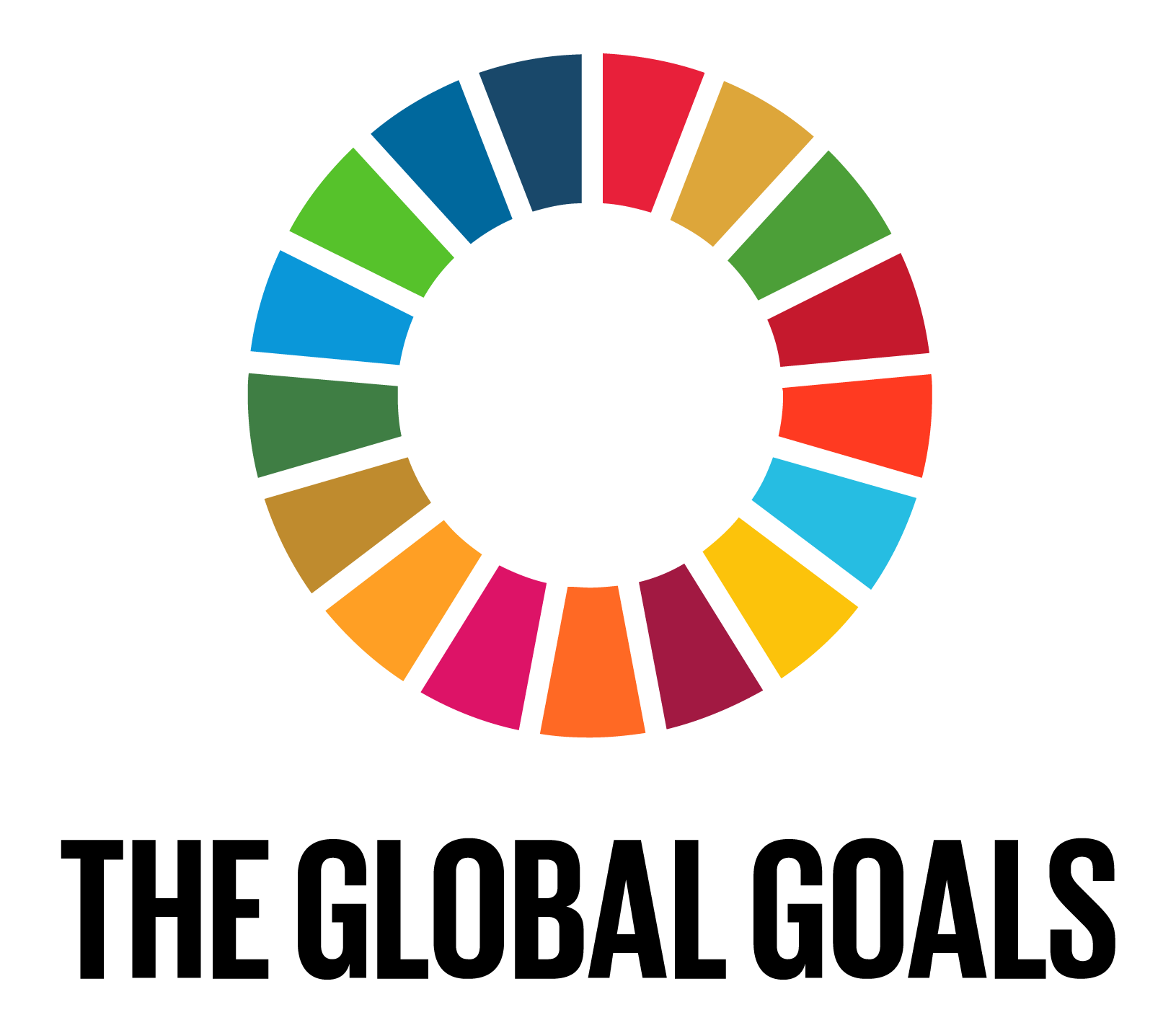
The project focuses on Target 14.b.1 that measures the progress by number of countries in the degree of application of a legal/regulatory/policy/institutional framework which recognizes and protects access rights for small-scale fisheries.


In my opinion, the interesting aspect of this datasheet are the countries without figures. Having NaN as a value is for the countries the most negative aspect. It’s worse than having the lowest band. Why is there no information? Why are they not complying with the methodology? Is there some lack of interest or possibilities? Are there no possibilities?
9 years to 2030, it’s not about reaching the goal, recognizing which countries are improving the application of the framework nor which countries are lagging behind.
The aim is to fulfill the information. For countries, having this information will help them in their development and demands. These values can redirect attention to where it is necessary to dive into. Having these numbers could help to archive justice and produce social, political and economic changes.
9 years to 2030, it’s not about reaching the goal, recognizing which countries are improving the application of the framework nor which countries are lagging behind.
The aim is to fulfill the information. For countries, having this information will help them in their development and demands. These values can redirect attention to where it is necessary to dive into. Having these numbers could help to archive justice and produce social, political and economic changes.

Front and back posters for uprisings and communication in fisheries, markets and fishermen communities.
Mural to generate knowledge that could be located in fisheries management offices and fish markets.

Visual communication for markets, fisheries and local communities.

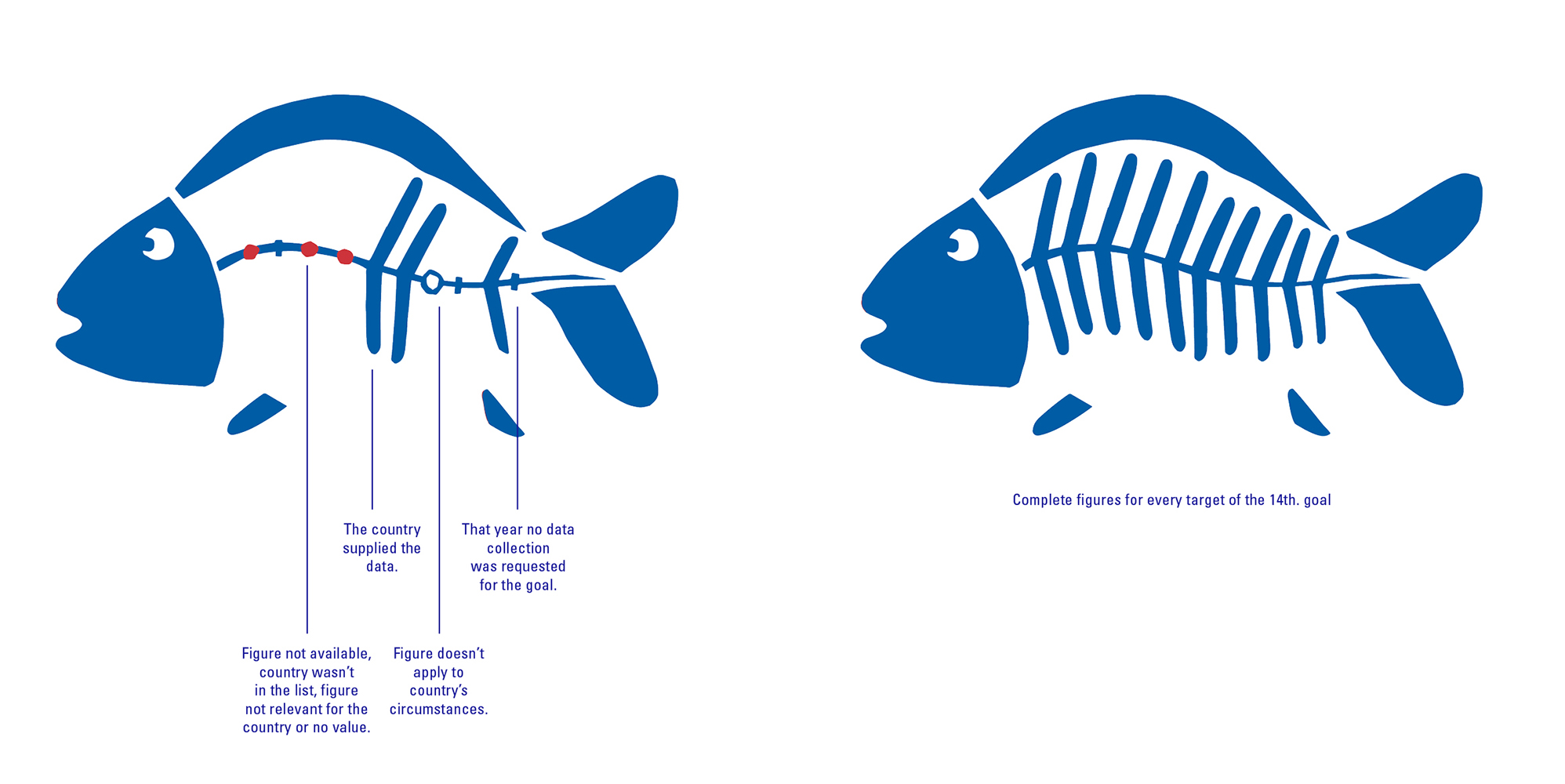
Research and design process
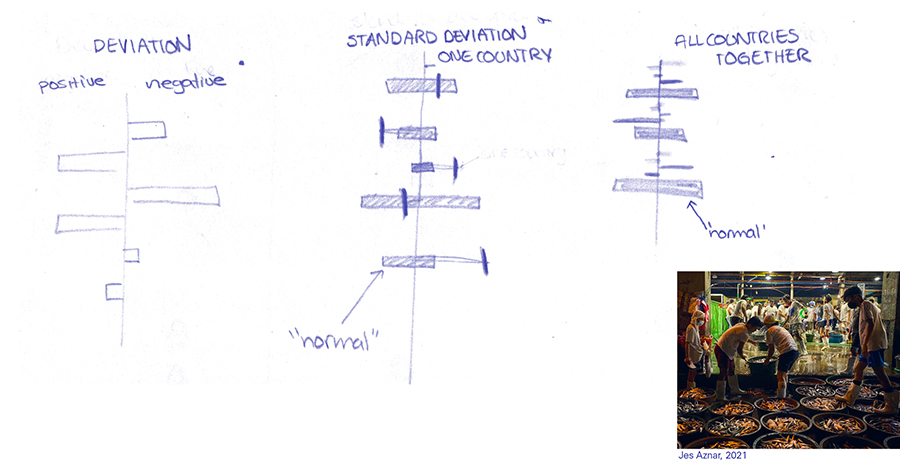

Country
Asia is the continent with the greatest fish production and the largest markets for fishery products. Philippines, in the south-east region, is considered the center of global coral ecosystem biodiversity. 85% of the Filipinos fishers are small-scale and produce almost half of the Philippines’ fish, but they have experienced difficulties with fish stock decline. The lack of attention and funding in the management of fisheries can cause significant problems for the population as the majority lives in coastal cities.
Each country is in charge of collecting and submitting the figures of each indicator. However, in 2020 the Philippines supplied only 3 figures and have not been part of the world, region and subregion statistics.
Asia is the continent with the greatest fish production and the largest markets for fishery products. Philippines, in the south-east region, is considered the center of global coral ecosystem biodiversity. 85% of the Filipinos fishers are small-scale and produce almost half of the Philippines’ fish, but they have experienced difficulties with fish stock decline. The lack of attention and funding in the management of fisheries can cause significant problems for the population as the majority lives in coastal cities.
Each country is in charge of collecting and submitting the figures of each indicator. However, in 2020 the Philippines supplied only 3 figures and have not been part of the world, region and subregion statistics.
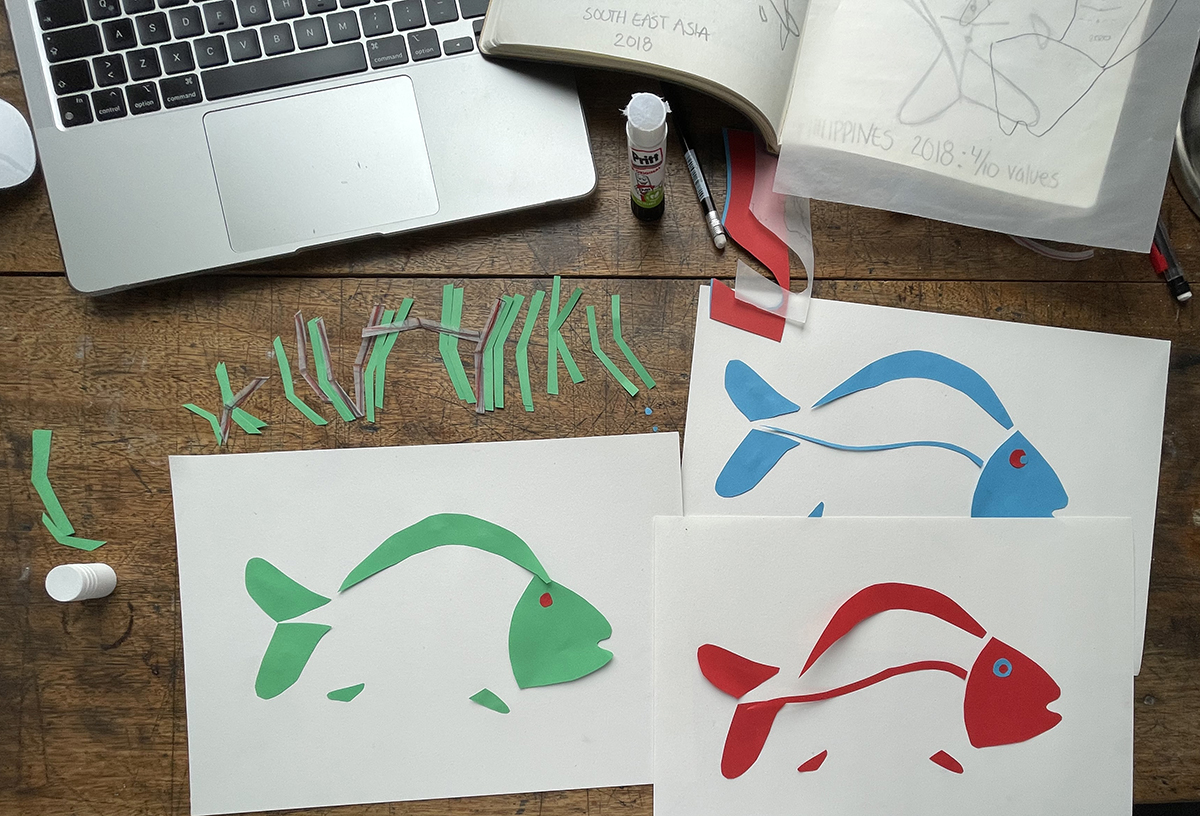
Audience
Inspire | Inform
To make a change, it must be generated within society. It’s necessary that the fisherman and the local community understand the SDG data and notice their actions translated into values. Fishermen must seek justice and transformation through these data.
Inspire | Inform
To make a change, it must be generated within society. It’s necessary that the fisherman and the local community understand the SDG data and notice their actions translated into values. Fishermen must seek justice and transformation through these data.


Call to action
Demand to collect information in order to transform and require public policies to help transform the country and optimize the fisheries and fishermen communities.
Demand to collect information in order to transform and require public policies to help transform the country and optimize the fisheries and fishermen communities.
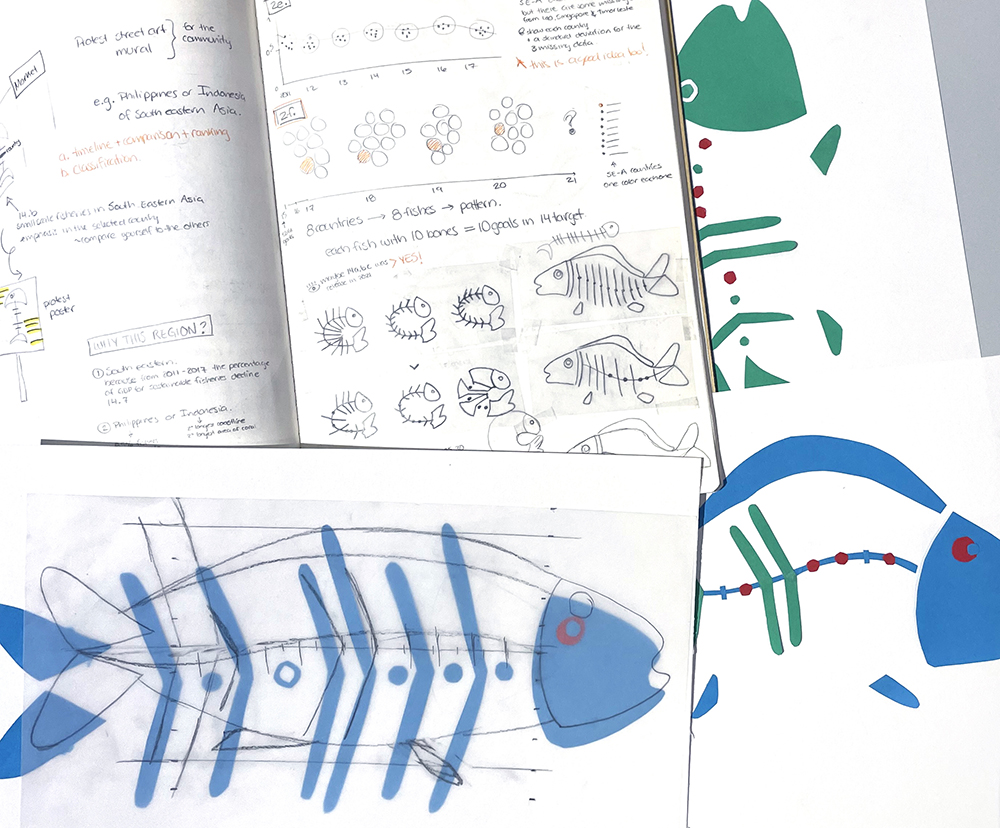
Data
UN STATS, 2021. Department of Economic and Social Affairs
- Ross, H. (2021) MA in Data visualisation, UAL: LCC
-
Sinders, C. (2021) MA in Data visualisation, UAL: LCC
- Alocci, T. (2021) MA in Data visualisation, UAL: LCC
- Lekovic, J. (2021) MA in Data visualisation, UAL: LCC
- ‘Metadata-14-0b-01.pdf’ (2021) SDG indicator metadata
- ‘Life below water’ (2021) Global Goals
- ‘#4 - Pesquerías... ¿sustentables? con Ollín González’. Minka Radio (2020)
- ‘Carnegie Council for Ethics in International Affairs Audio Podcast - Hope for Asian Fisheries’ (2020)
- ‘Statistics Division’ 2021. Department of Economic and Social Affairs Rare (2021)
- ‘Sustainable Fishing’ (2021) Smithsonian
- Marine Stewardship Council (2021)
- ‘Review of the state of world marine fishery resources’ (2021) Food and Agriculture Organization of the United Nations
- ‘Conserve and sustainably use the oceans, seas and marine resources for sustainable development’ (2021) Sustainable Development Goals
- ‘Asia’ (2021) Food and Agriculture Organization of the United Nations
- ‘Regional Fisheries Livelihoods Programme for South and Southeast Asia (RFLP)’ (2021) Food and Agriculture Organization of the United Nation
- Pamalakaya-Pilipinas (2021) National Federation of Small Fisherfolk Organizations in the Philippines
- ‘Phillipines’ (2020) The New York Times
- Filipino Sign Painter (2015) Eye on design
Tech
Excel, Illustrator, Photoshop,
Year
2021
